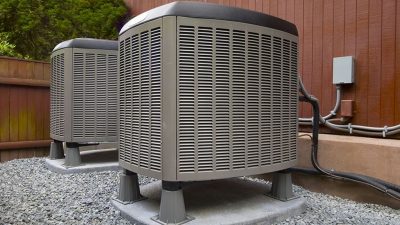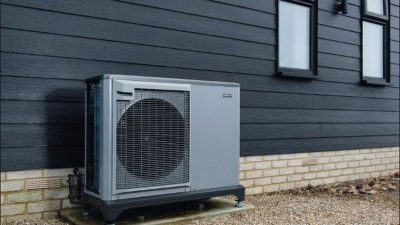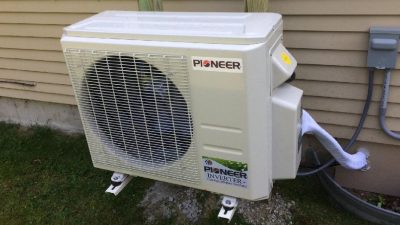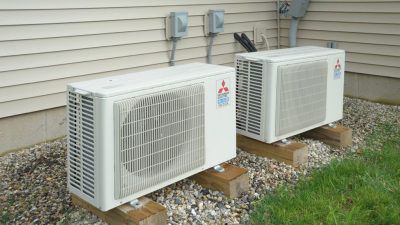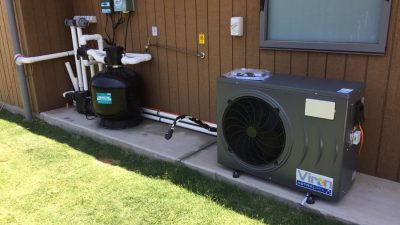As the winter season approaches, many of us are wondering how to keep our homes warm and cozy. For those of us in colder climates, heating our homes is a necessary chore. But what about Germany? How do Germans heat their homes?
The answer may surprise you: Germans have some of the most advanced and efficient energy-saving practices in the world. From innovative solar technology to efficient wood-burning stoves, they’ve found ways to keep their homes warm without sacrificing energy efficiency. And if you’re looking for ways to reduce your own energy costs while staying comfortable this winter, then learning from the Germans could be your best bet.
In this article, we’ll explore some of the unique German techniques that make it possible for them to stay warm while using minimal resources. We’ll also look at why these methods are so successful and how you can apply them to your own home. So let’s get started on our journey towards freedom from high energy bills and cozy nights inside!
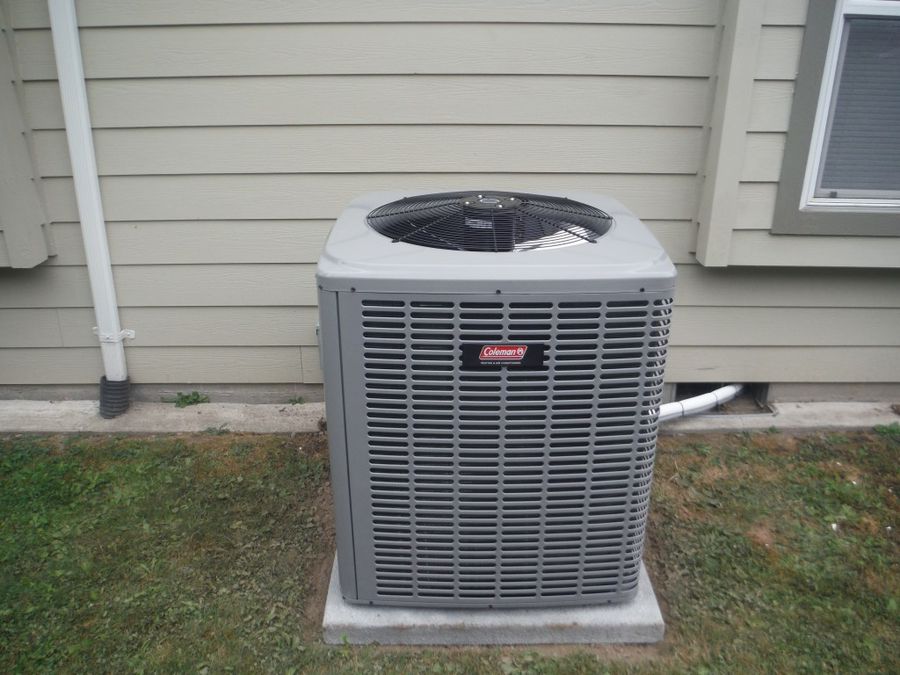
Overview Of German Climate And Heating Requirements
Germany is known for its cold, wet climate, with temperatures ranging from mild to severe. This makes home heating a necessity in most parts of Germany. To meet the varying heating requirements of German homes, several different types of heating systems are used.
The most common system is central heating, which uses radiators to provide warmth throughout the house. This is usually powered by natural gas or electricity and can be used for both water and air heating. In addition, wood-burning stoves are still popular in some areas for their efficiency and cost-effectiveness. Other options include solar panels and geothermal heat pumps which use renewable energy sources to warm up a home’s interior.
No matter what type of system is used, Germans take great care when it comes to keeping their homes warm during the winter months. From efficient central heating to sustainable renewable energy sources, German homeowners have plenty of options when it comes to staying snug in their homes during the colder months.
Traditional Heating Methods
Germans have been heating their homes for centuries, with traditional methods that are still in use today. The most popular method of heating is stove heating, where a stove is used to burn either coal or wood. This type of heating allows residents to keep their homes warm and cozy during the winter months.
Coal burning stoves were once common but are now being replaced by more efficient wood-burning stoves. These stoves are more energy-efficient and produce less smoke than their predecessors, making them both economical and eco-friendly. Additionally, many German households have radiator systems installed in their homes for additional warmth and comfort during the cold winter months.
Boiler systems are also popular in Germany as a way to heat water for showers and other uses. Boilers can be powered by gas, electricity or oil, offering consumers a variety of options when it comes to energy efficiency and cost savings. Boilers are also relatively easy to install and maintain, making them an attractive option for those who want to save money while keeping their home comfortable year-round.
In short, Germans have access to a wide range of traditional heating options that allow them to stay warm while saving on energy costs. Whether it’s a coal or wood-burning stove, radiator system or boiler system, there’s something available that can meet everyone’s needs – all while giving them the freedom they crave!
Renewable Energy Sources
After exploring traditional heating methods, it’s time to move on to renewable energy sources. Renewable energy sources are a great way for Germans to heat their homes without polluting the environment. These renewable sources include solar, geothermal, biomass, wind, and hydro power.
Solar energy is one of the most popular options for German homeowners. Solar panels can be placed on rooftops or in yards and generate electricity that can be used to heat a home. This type of energy source is also good for the environment since it does not emit any pollutants or greenhouse gases.
Geothermal energy is another option that Germans can use to heat their homes. This energy source uses the natural heat from underground to warm a home by circulating hot water through pipes in the ground. It’s a renewable and cost-effective option that doesn’t produce any carbon emissions.
Biomass is yet another potential source of renewable energy for heating homes in Germany. Biomass includes wood pellets, chips, or logs that are burned in boilers or furnaces to create hot air or hot water which is then circulated throughout the home.
Wind turbines may also be used by German homeowners as a way of creating electricity for heating purposes. Wind turbines capture the kinetic energy created by wind movement and convert it into electricity which can then be used for various purposes such as heating a home or powering appliances.
Finally, hydro power is another great option for generating electricity in Germany. Hydro power utilizes the natural force of moving water such as rivers and streams to spin turbines and generate electricity which can then be used to heat a home.
Renewable energies provide German homeowners with an environmentally friendly way of keeping their homes warm while also saving money on their utility bills in the long run! From solar panels to geothermal systems and hydro power, there’s no shortage of ways Germans can use renewable energies when deciding how best to heat their homes sustainably.
Modern Heating Technology
Modern German homes have access to a variety of heating technologies, allowing them to choose the best option for their needs. Many people opt for fuel-based solutions, such as oil and natural gas, which offer a reliable and cost-effective way to keep their homes warm. Renewable energy sources like solar panels or geothermal systems are also popular options in Germany, offering an eco-friendly choice that’s becoming increasingly attractive. Whatever source of heat they choose, Germans are embracing modern technology to ensure their homes stay warm and cozy.
When it comes to heating technology in Germany, there’s something for everyone. Fuel sources provide convenience and affordability while renewable energy sources offer an environmentally friendly choice. With a range of options available, Germans can make sure their homes remain comfortable whatever the weather outside.
Efficiency And Cost-Effectiveness
In Germany, the climate is often cold and damp, making efficient heating a necessity. Germans have adopted modern technology to achieve heating efficiency while keeping costs low. This includes using renewable energy sources such as biomass and solar power alongside traditional energy sources like gas and oil.
These practices of combining traditional with renewable sources of energy are making German homes more energy efficient than ever before. As a result, households are able to save money on their monthly energy bills. In addition to reducing emissions from burning fossil fuels, these practices also help support the green economy of Germany.
Thanks to advances in modern technology, Germans are able to heat their homes in an efficient and cost-effective way that benefits both them and the environment. They continue to seek out new ways to harness renewable resources for heating purposes and make their homes even more energy-efficient.
Conclusion
In conclusion, Germany is a country with a variety of climate conditions and heating needs. Traditional methods of heating and renewable energy sources have been in use for some time, but modern heating technology has allowed Germans to heat their homes efficiently and cost-effectively. This technology has made it easier for Germans to maintain comfortable temperatures in their homes all year round, while still protecting the environment.
I’m impressed by how innovative Germans are when it comes to using modern heating technology. They’ve found ways to keep themselves warm without having to rely too heavily on traditional sources of energy. This is great news for the environment, as well as for those who need reliable and affordable access to heat.
Ultimately, I believe that Germany’s approach to home heating is something that other countries can learn from. By investing in modern technologies, they can reduce their dependence on fossil fuels and help protect our planet from the effects of climate change.

